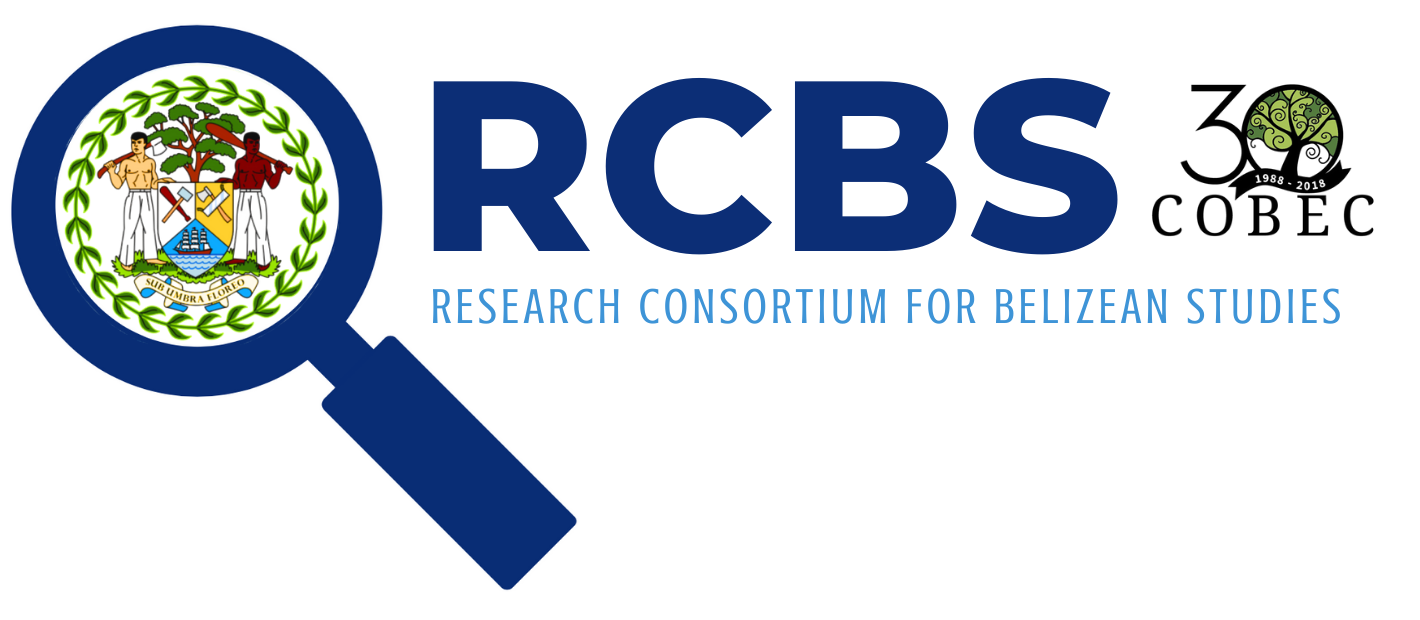
Research Consortium for Belizean Studies
Title
Distribution and Conservation Status of Amphibian and Reptile Species in the Lacandona Rainforest, Mexico: an Update after 20 Years of Research
Abstract
Mexico has one of the richest tropical forests, but is also one of the most deforested in Mesoamerica. Species lists updates and accurate information on the geographic distribution of species are necessary for baseline studies in ecology and conservation of these sites. Here, we present an updated list of the diversity of amphibians and reptiles in the Lacandona region, and actualized information on their distribution and conservation status. Although some studies have discussed the amphibians and reptiles of the Lacandona, most herpetological lists came from the northern part of the region, and there are no confirmed records for many of the species assumed to live in the region. After reviewing databases of scientific collections and published herpetological lists, and adding new information from our 2007 to 2013 inventories of the southeastern Lacandona rainforest, we recorded 124 species (89 reptiles and 35 amphibians) for the region. Nine amphibians (25.7%) and 2 (2.2%) reptiles are endemic to the Mayan forest (from the Lacandona, in Mexico, to the Mayan Mountains in Belize). Four amphibians and three reptiles appeared to be restricted to the Montes Azules Biosphere Reserve, suggesting that they are particularly vulnerable to habitat loss and degradation. On average, the region shares less than 60% of the species with neighboring Mexican tropical forests (e.g., Las Choapas region and Los Tuxtlas, Calakmul, and Sian-Ka'an Biosphere Reserves). Of the herpetofauna evaluated, the Mexican government threatened species list (NOM 059) indicates that seven species (20%) are under a risk category, while the IUCN indicates that only seven species (10.1%) are at risk. Our findings indicate that Lacandona is of great importance for the conservation of the Mesoamerican herpetofauna. Nevertheless, increasing deforestation levels add further uncertainties to the maintenance of amphibians and reptiles among other vertebrates in the region.
Publisher
Tropical Conservation Science
Date of Publication
2014
Document Type
Article
Recommended Citation
Hernández-Ordóñez, Omar; Martínez-Ramos, Miguel; Arroyo-Rodríguez, Víctor; González-Hernández, Adriana; González-Zamora, Arturo; Zárate, Diego A.; and Reynoso, Víctor Hugo, "Distribution and Conservation Status of Amphibian and Reptile Species in the Lacandona Rainforest, Mexico: an Update after 20 Years of Research" (2014). Research Consortium for Belizean Studies. Paper 32.
https://doi.org/10.1177%2F194008291400700101

